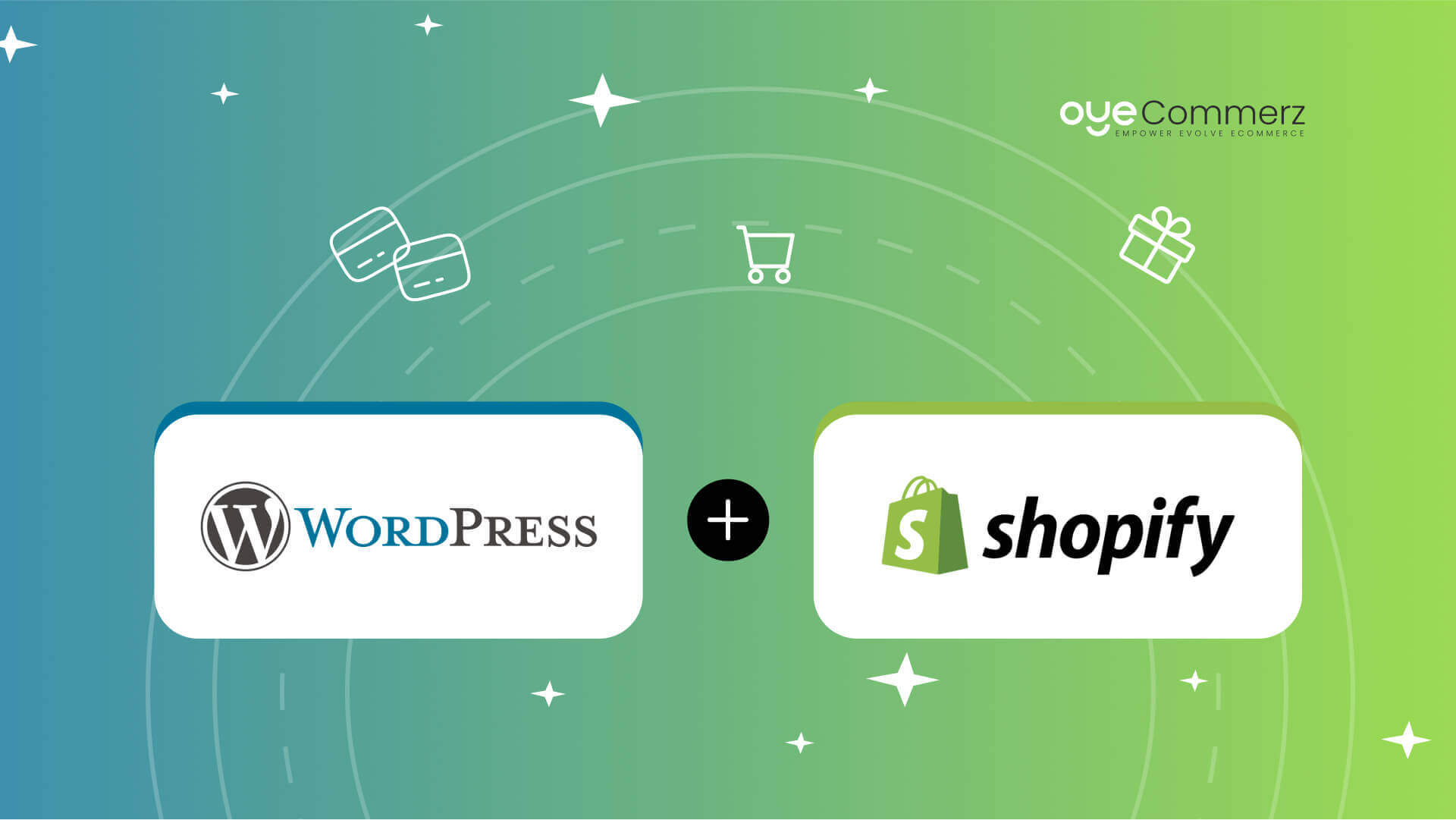Shifting from WP to Shopify is an exciting step in optimizing your online store operations. As companies grow, selecting a platform that supports scalability, UX, and flexibility becomes crucial. Shopify is widely recognized as a favorite for e-commerce professionals, offering superior flexibility, data protection, and ease of use. In this guide, we will delve into the transformative impact of this migration, discuss the advantages, and provide practical tips to ensure a smooth move.
1. Why Migrate from WP to Shopify?
The combination of WordPress and WooCommerce, has served countless e-commerce platforms. However, as companies expand, issues like reliance on plugins, security vulnerabilities, and complex setups can hinder progress. Shopify, designed explicitly for e-commerce, addresses these issues with an comprehensive, intuitive solution. Real data supports this transition—Shopify hosts over 4.4 million stores globally, with a reported 10% boost to sales performance for many businesses post-switch.
2. Key Benefits of Shopify for E-commerce Success
Shopify’s robust ecosystem is tailored for expanding businesses. Its notable features are:
- Effortless Design Flexibility: Shopify provides over 80 expertly crafted themes.
- Integrated Tools: Capabilities such as Shopify Payments and integrated SEO streamline operations.
- Global Reach: Currency versatility and localization features empower businesses to expand internationally.
Additionally, Shopify boasts an availability percentage of 99.98%, guaranteeing your website remains accessible.
3. Preparing for WP to Shopify Migration
Prior to starting the migration process, assess your current store. Analyze product data, client information, and SEO performance. Tools like Shopify’s Migration Kit or external tools help ease the transition. Develop a comprehensive plan, ensuring all assets—item details, media files, and blog content—are optimized for transfer.
4. The Importance of Accurate Data Migration
Data migration forms the foundation for a smooth transition. When migrating from WordPress to Shopify, prioritize:
- Inventory Details: SKU, descriptions, and categories.
- Client Information: Emails, purchase records, and preferences.
- SEO Optimization: Retain meta tags, URLs, and redirects to avoid SEO losses.
Leverage apps like LitExtension to streamline data transfer while WooCommerce alternative Shopify minimizing errors.
5. Customizing Your Shopify Store
Post-migration, customizing your Shopify store ensures it aligns with your business identity. Take advantage of Shopify’s drag-and-drop editor to design pages effortlessly. Shopify's themes are mobile-responsive, ensuring a seamless UX across platforms—a critical factor, since 74% of e-commerce traffic comes from mobile visitors.
6. How to Protect Your SEO Rankings When Switching Platforms
SEO is vital for maintaining your visibility during migration. Shopify is highly optimized for search engines with clean URL structures, preloaded features, and smooth content management. Ensure:
- Set up URL forwarding for existing links.
- Optimize new pages with targeted phrases.
- Use Shopify's apps Plug in SEO to monitor performance post-migration.
7. Post-Migration Testing
After finishing the transfer, run detailed checks.
Check: - Page load times (Shopify boasts faster speeds in contrast with WP).
- Functionality of payment gateways and checkout processes.
- Mobile responsiveness.
Testing ensures your store delivers a seamless shopping journey from the start.
8. Real-Life Success Story
One such migration success story is Gymshark, a fitness apparel brand that transitioned to Shopify. After the switch, the company experienced a 60% increase in mobile sales and reduced site downtime. This showcases the capabilities of Shopify in enhancing e-commerce growth.
9. Challenges and Solutions
Migration comes with challenges, such as data integrity and adjusting tailored features. However, Shopify’s extensive assistance and third-party experts make overcoming these hurdles manageable. Collaborating with experienced Shopify developers helps guarantee a smooth transition.
10. Making the Switch: The First Step Toward Success
Migrating from WP to Shopify represents a forward-thinking decision to e-commerce. By Reliable Shopify migration focusing on growth, simplifying management, and improving buyer satisfaction, Shopify empowers businesses to thrive in competitive markets.
Conclusion
Transitioning from WP to Shopify is a strategic move that can significantly boost your online business performance. With a robust migration plan, the appropriate resources, and professional guidance, you can unlock new success milestones.
Excited to start the journey? Reach out today to learn how our Shopify migration services can revolutionize your online store. Contact us now, or ask yourself: Can your business afford to miss out on Shopify’s growth potential?
